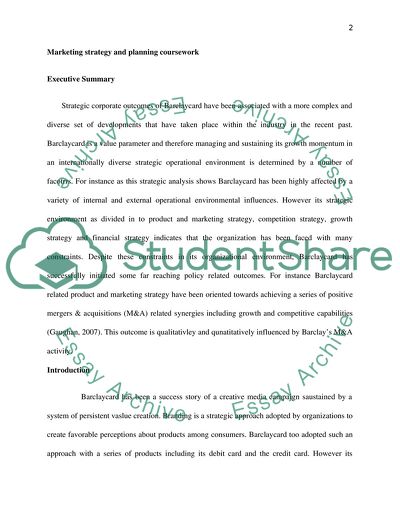Cite this document
(“Marketing strategy and planning coursework Essay”, n.d.)
Retrieved from https://studentshare.org/marketing/1563817-marketing-strategy-and-planning-coursework
Retrieved from https://studentshare.org/marketing/1563817-marketing-strategy-and-planning-coursework
(Marketing Strategy and Planning Coursework Essay)
https://studentshare.org/marketing/1563817-marketing-strategy-and-planning-coursework.
https://studentshare.org/marketing/1563817-marketing-strategy-and-planning-coursework.
“Marketing Strategy and Planning Coursework Essay”, n.d. https://studentshare.org/marketing/1563817-marketing-strategy-and-planning-coursework.


